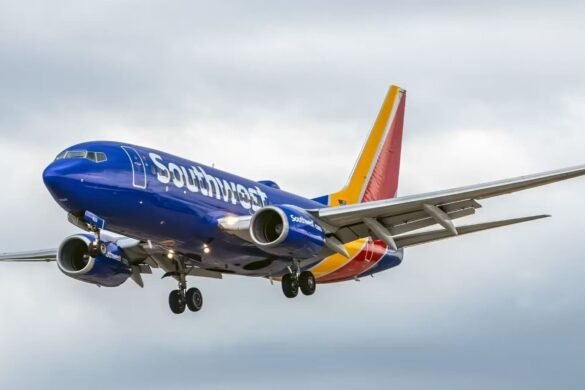Jefferies, a leading brokerage firm, has identified two significant factors that are expected to fuel IndiGo’s growth in 2025. The first is the accelerated pace of aircraft deliveries for the airline, which has picked up in recent months. This stands in contrast to the slower delivery rate for Air India, which Jefferies expects to continue into 2025, potentially limiting overall supply growth for the sector.
At the end of the September 2024 quarter, IndiGo, India’s largest airline with a market share of 61%, had a fleet of 410 aircraft. Of these, 40 were owned or finance-leased, 345 were on operating lease, and 25 were on damp lease. Despite this, IndiGo’s parent company, InterGlobe Aviation, reports that the airline currently operates 382 aircraft, conducting more than 2,000 flights daily. This fleet expansion is vital to IndiGo’s strategy of maintaining its dominant position in the market, particularly as it continues to increase its frequency and network coverage across India and internationally.
In comparison, Air India, which currently operates 128 narrow-body and wide-body Airbus and Boeing aircraft, is facing slower growth in its fleet size. Although Air India has 470 new aircraft on order, the delivery pace has lagged behind that of IndiGo, limiting its ability to expand capacity rapidly. Jefferies believes that the slower pace of deliveries for Air India will contribute to a constrained supply growth in the sector, leaving IndiGo well-positioned to capture an even larger share of the market in the coming years.
As IndiGo continues to grow its fleet and expand its services, it will be able to increase its reach, offer more competitive pricing, and strengthen its leadership position in the Indian aviation industry. With the combined factors of an expanding fleet and relatively slower competition from Air India, IndiGo’s market dominance looks set to continue into 2025 and beyond.



